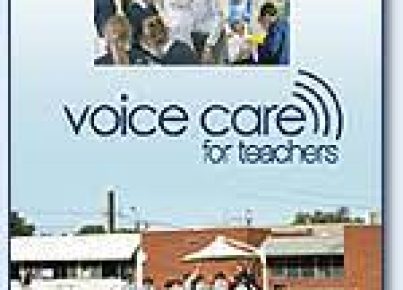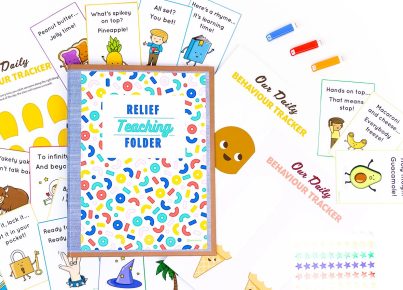In the educational domain, relief teachers, also known as substitute teachers, play a critical role in maintaining the continuum of instruction when regular teachers are unavailable. To ensure that this transition is smooth and effective, relief teacher forms and teaching resources are indispensable tools that facilitate communication, instruction, and classroom management.
Relief teacher forms are specifically designed to provide subs with a comprehensive overview of the day-to-day classroom procedures, student information, lesson plans, and administrative necessities. These forms assist substitutes in stepping into the shoes of the regular teacher with greater ease and confidence.
One of the primary resources is the ‘Substitute Teacher Information Form’. This document typically outlines key details such as classroom rules, emergency procedures, important locations like the nurse’s office or faculty room, and a detailed schedule for the day. It may also include student seating charts, which can drastically reduce classroom management issues by helping the substitute learn names quickly.
Another crucial document is the ‘Lesson Plan Form.’ Lesson plans provided to relief teachers should be clear and detailed but also allow for some flexibility. They need to include information on lesson objectives, materials required, activities planned, and assessment methods to measure student understanding.
In addition to these primary forms, effective communication tools like a ‘Classroom Incident Report’ can be vital for documenting any issues that occur during the teacher’s absence. Moreover, a ‘Teacher Feedback Form’ completed by the relief teacher provides valuable insights into how the day went and suggests possible improvements for future occasions.
Having a well-organized ‘Relief Teacher Binder’ or digital resource repository can make all the difference. This binder could contain all relevant forms, additional teaching resources such as worksheets or multimedia materials to enrich lessons, as well as general information on school policies and teacher contacts.
Properly utilizing relief teacher forms not only helps maintain educational consistency but also supports substitute teachers in performing at their best. By investing in these teaching resources and keeping them up-to-date and easily accessible, schools can foster a positive learning environment even in the absence of regular staff members.
The successful integration of relief teachers into classrooms is therefore contingent upon providing them with structured guidance through these teaching resources—a truly shared responsibility among educators to ensure seamless educational delivery.





